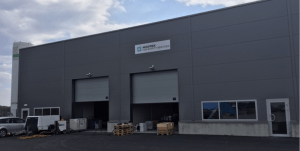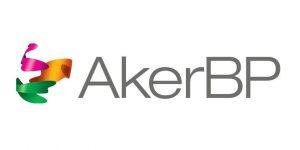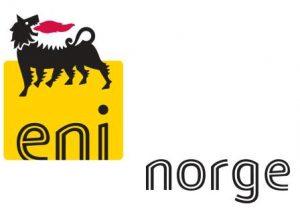It’s silent, invisible and viciously unforgiving. Sniff it and by the time you can say “hydrogen sulfide” you might be dead.
Thankfully today the offshore industry has the tools to detect it in its smallest concentration and to set off an alarm protecting those nearby before it can kill.
Heavier than air it has, in its weaker version, the foul smell of rotten eggs. It processes the menacing qualities of being corrosive, flammable, explosive and when in comparatively minor amounts, extremely poisonous. H2S, in its formula ID, is a constant threat in three major industries, the offshore, farming and fishing.
Recently in Denmark two fishermen died, their catch rotting without ice gave off the gas, they went into the hold and that was that. Hardly a year goes by without a farmer being killed by it. Last year in Northern Ireland a rising rugby star went into a silo to rescue his overcome brother who had gone in to pull out his overcome father who had gone in after their dog. They all died within seconds of exposure. These were the result of man ignoring nature.
Offshore Takes Lead
When nature acts on its own, but provoked by man, the consequences can be even more horrific – in China in December 2003, a land drilling well hit H2S. At least 233 people and a thousand animals died and more than 9,000 people were treated.
Constant care and diligence to their customers has meant that there have been no fatalities offshore in the 30 years that the company Maersk H2S Safety Services has been part of the industry. They are a global company supplying breathing and detection apparatus to the world and their main warehouse in Esbjerg was impressively empty the day we visited. ‘We have just shipped our biggest ever order to Brazil, 15 containers,’ says Niels Koed Hansen, General Manager Sales at Maersk H2S Safety Services.
Terminally Toxic
Not so empty were the workshops where row upon row of detectors were going through a regular check-up and routine calibration – they detect from 5ppm, parts per million. A hundred 100ppm permanently wipes out your sense of smell, 1000 wipes you out – to try and gain some perspective, that’s the same as putting one teaspoon of poison into six litres of water and every drop in the bucket becoming terminally toxic.
There’s only one thing worse than being killed by H2S gas according to instructor Claus Thorberg Hansen, and that is surviving it. He recently had a Canadian on a course who had been subjected to 250ppm – he’d been in medication for over two years and parts of him, like his lungs and sense of smell, will never be quite the same again. This was all because he walked past a very minor occurrence. He caught a whiff, others with him didn’t, but the whiff caught him. By comparison to other survivors he got of fairly lightly.
Claus had just come from training another group of rig workers, putting them through the disorientating darkened container filled with what look like oversized animal cages. They had to feel and fumble their way to safety. A large part of the survival process is in not panicking, in order to put on safety equipment correctly so it doesn’t allow any gases to sneak past.
Old Wells, New Dangers
The main role of the company is in supplying the equipment and then making sure that everyone on board knows what to do. Because of this there is a certain amount of training on the rigs as well as a constant need for a company rep to be there in regions where the gas is even a remote possibility.
In the drilling world there are areas where you are more likely to come across the gas, it’s called anywhere. Of course there are regions where it hasn’t been present but since it is created by the bacterial breakdown of organic matter, it is virtually part of the same oil and natural gas evolution process.
H2S can even occur in instances where it wasn’t originally present. Some of the original wells in the North Sea are being revisited because better drilling techniques now make oil and gas deposits, which were once too expensive or difficult to reach, retrievable. In the short time since they were declared non-operational, bacteria has created pockets of H2S.







